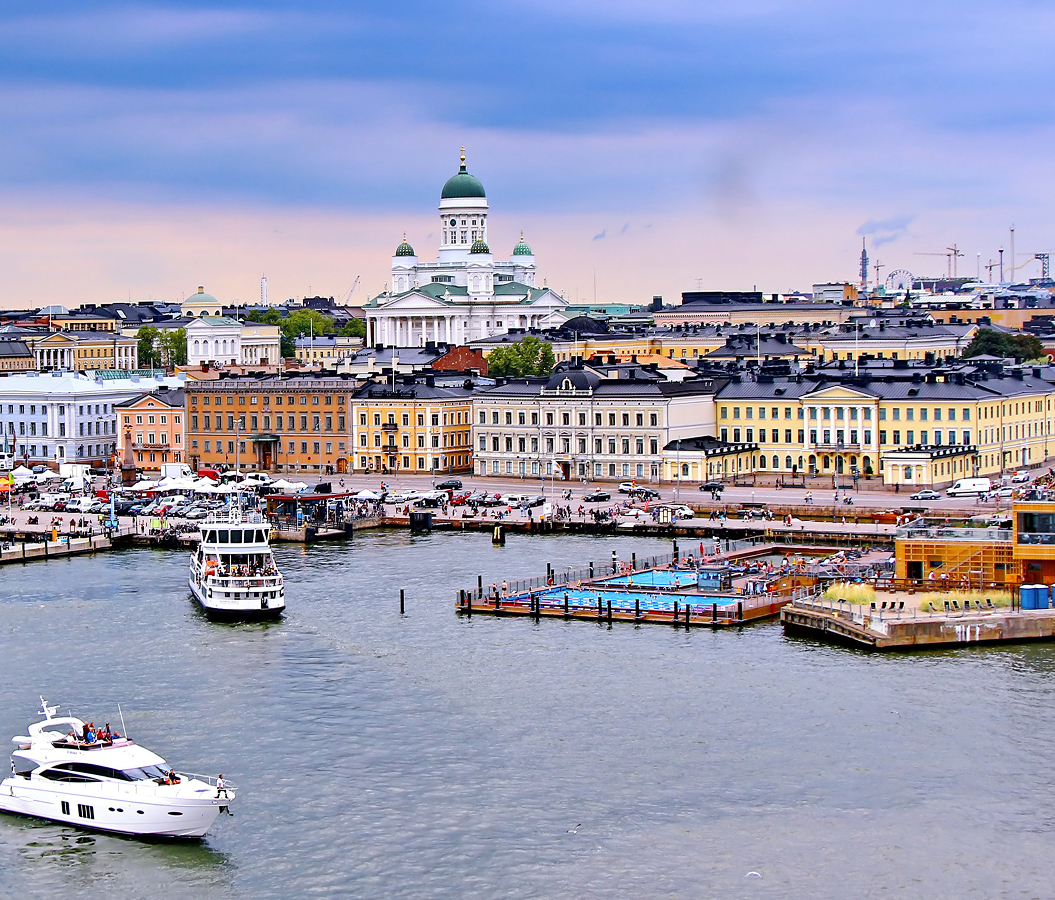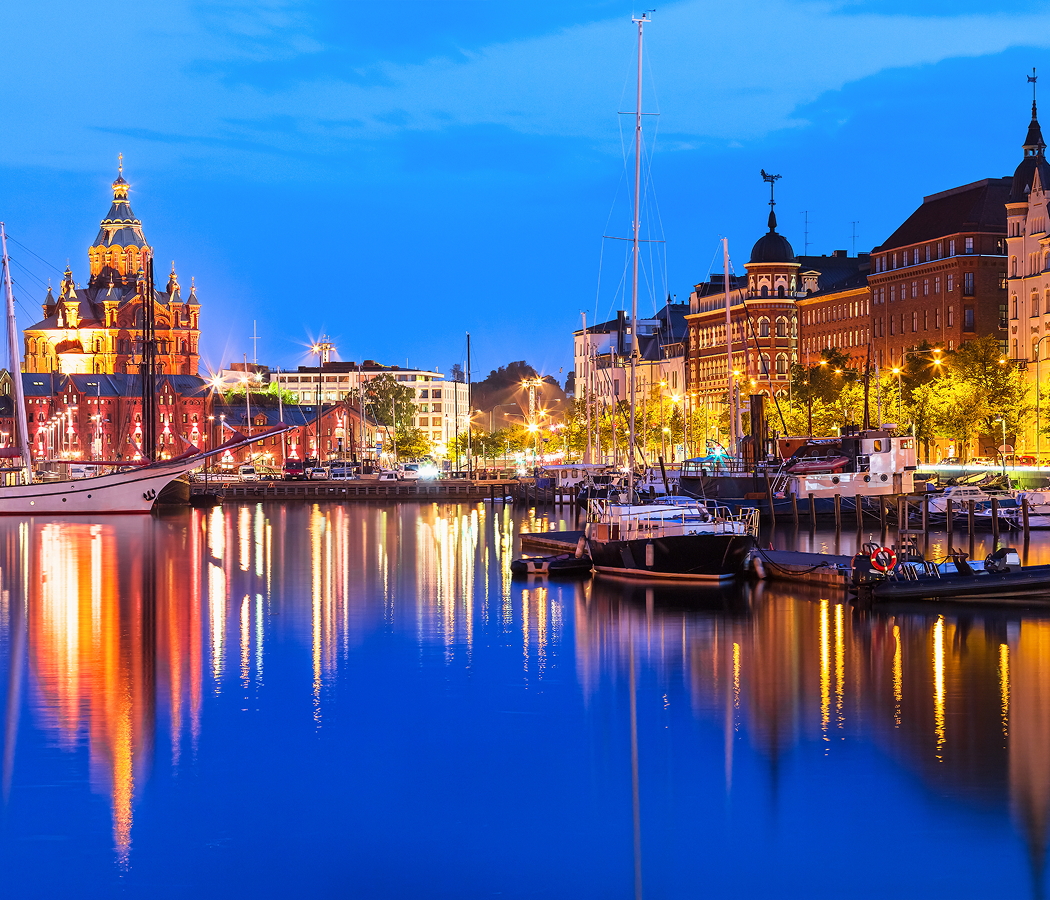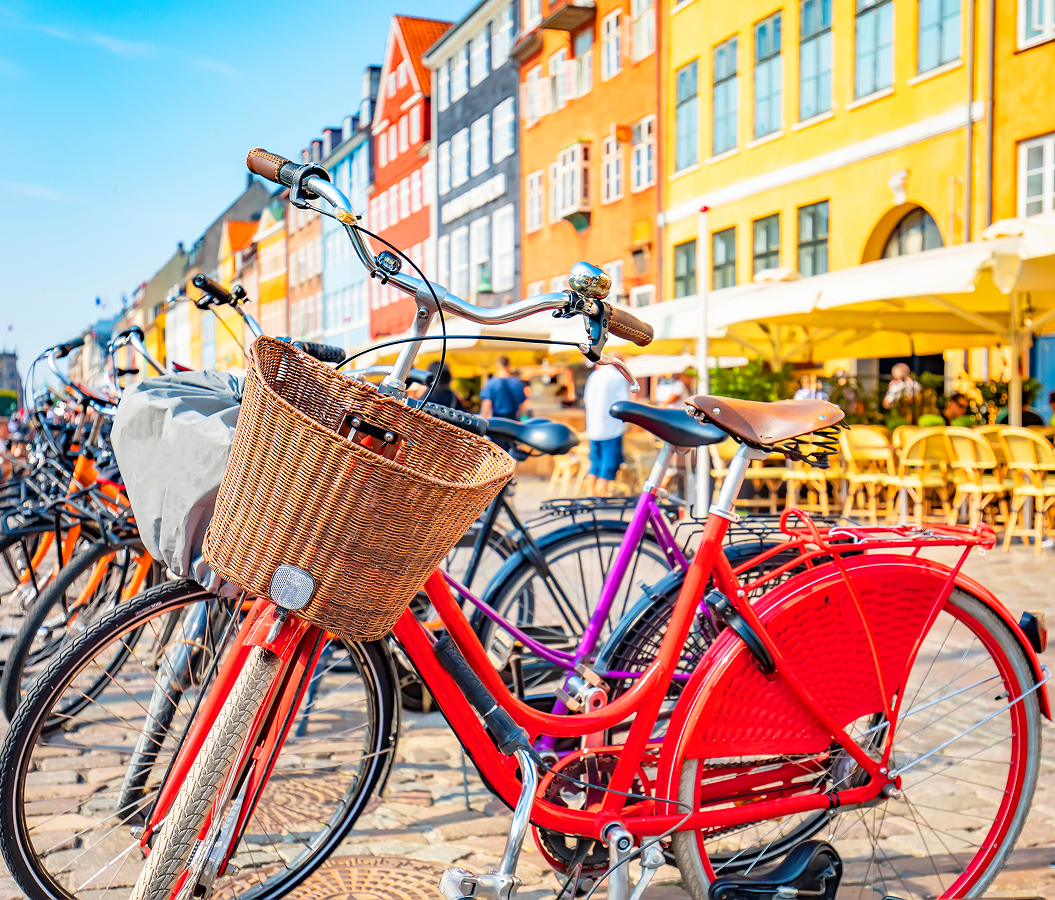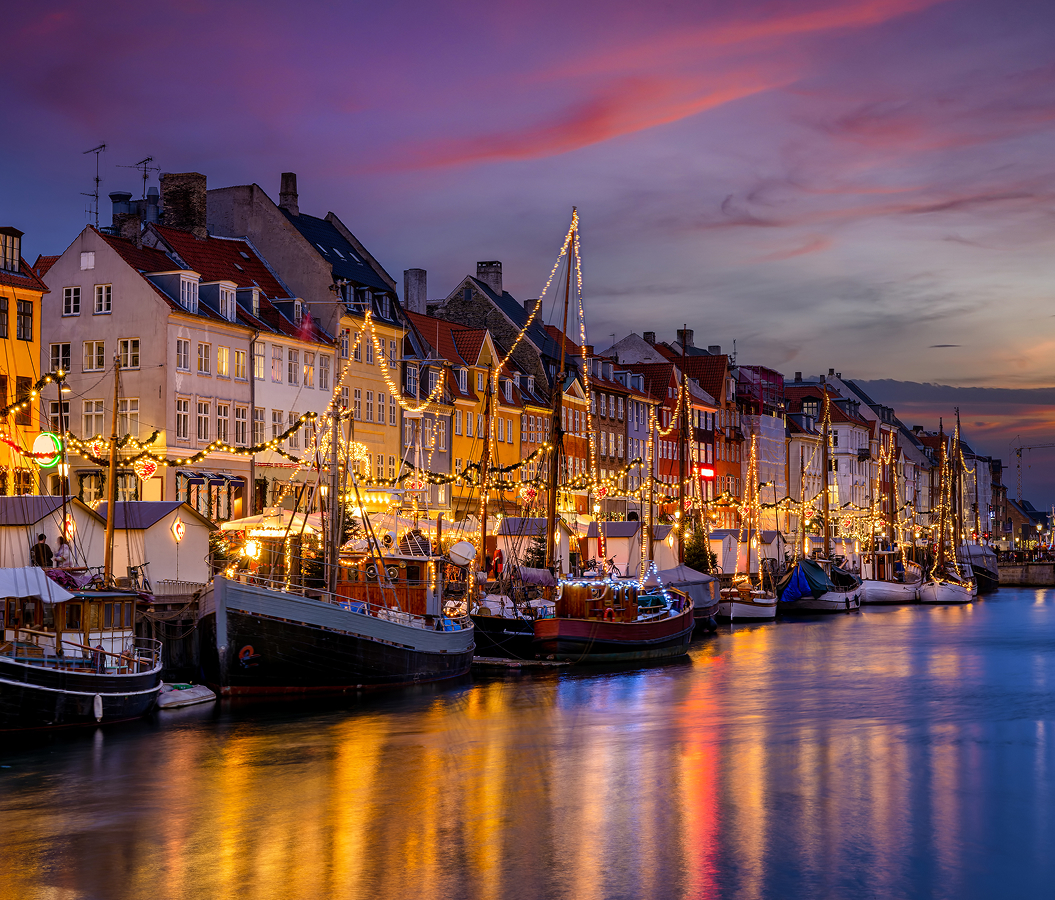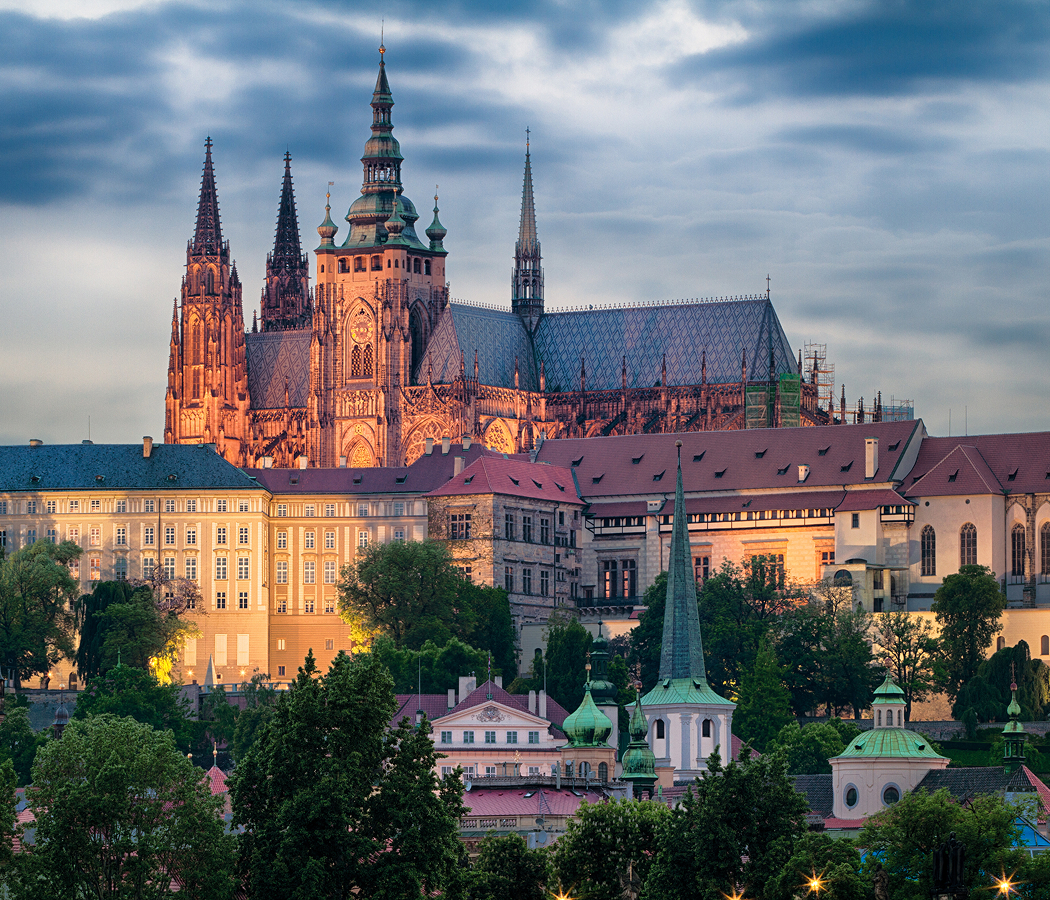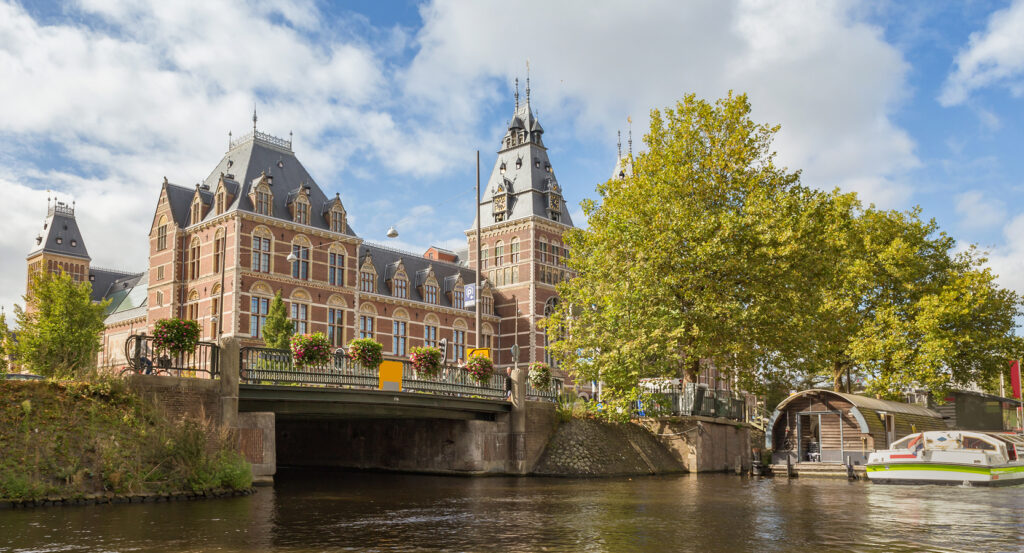
Why you should experience the Rijksmuseum in Amsterdam.
In the cultural heart of Amsterdam, Netherlands, where canals curve gracefully beneath golden light and bicycles hum past 17th-century façades, the Rijksmuseum rises as the soul of Dutch artistry, a masterpiece that houses masterpieces.
Located at the Museumplein, this monumental building is not merely a museum but a cathedral of creativity, where the story of the Netherlands unfolds through light, shadow, and spirit. Stepping through its arched entrance feels like crossing into another century, where every corridor glows with history and human genius. The atmosphere is reverent yet alive, sunlight filtering through high windows, glinting off varnished oak and polished marble as the quiet murmur of awe fills the halls. Within, more than 8,000 works of art tell the story of a nation that once ruled the seas and the imagination. Here you’ll find Rembrandt’s The Night Watch commanding an entire gallery, its figures frozen mid-stride under a spell of chiaroscuro. Nearby, Vermeer’s The Milkmaid glows with domestic grace, her stillness as powerful as a sunrise. But the Rijksmuseum is far more than the sum of its masterpieces, it’s a living testament to the Dutch belief in light, craftsmanship, and the dignity of everyday life. Every brushstroke, every Delft tile, every carved ship prow speaks of a people who saw beauty in precision and poetry in detail.
What you didn’t know about the Rijksmuseum.
The Rijksmuseum, founded in 1800, has lived many lives, from a royal gallery in The Hague to the architectural marvel that stands today at the heart of Amsterdam.
Its design, crafted by Pierre Cuypers, blends Gothic revival grandeur with Dutch Renaissance ornamentation, creating a building that feels both regal and deeply national. The façade itself tells a story: sculptures, stained glass, and decorative motifs celebrate the Netherlands’ triumphs in art, science, and exploration. Yet what makes the Rijksmuseum so compelling lies within its meticulous curation, an unparalleled journey through 800 years of Dutch history. Visitors move chronologically through the nation’s Golden Age, where merchants, mapmakers, and painters together defined a worldview. The Gallery of Honour is its beating heart, a sun-lit nave flanked by Rembrandt, Vermeer, Hals, and Steen, each canvas revealing not just technique but humanity. What few realize is how expansive the museum truly is: beyond the paintings lie rare manuscripts, intricate model ships, weaponry, and decorative arts that chart the evolution of taste and technology. Its Asian Pavilion bridges East and West, displaying exquisite ceramics, calligraphy, and bronze work that highlight centuries of global exchange. Even the library, one of Europe’s oldest art research centers, feels like a scene from a Vermeer painting, spiral staircases, mahogany shelves, and a golden hush that invites contemplation. The museum’s restoration studios are a marvel of modern conservation science, where art is studied under microscopes and restored with near-sacred care. When Rembrandt’s The Night Watch underwent its 2019 restoration, the project streamed live online, a gesture that reflected the Rijksmuseum’s ethos: art belongs to everyone.
How to fold the Rijksmuseum into your trip.
A visit to the Rijksmuseum is not simply sightseeing, it’s communion with the Dutch soul.
Plan to spend at least three hours, though a full day rewards those who linger. Begin in the Gallery of Honour, where Rembrandt and Vermeer await beneath vaulted ceilings that amplify their genius. Stand before The Night Watch and allow its immense scale and movement to draw you in; circle slowly to notice how each figure seems to breathe. From there, trace your way through the Golden Age rooms, pausing at still-lifes and seascapes that turn commerce into poetry. Move next to the 17th-century dollhouses, whose tiny rooms reveal how merchants’ wives imagined domestic perfection, and then to the Asian Pavilion, where the quiet elegance of Japanese and Chinese artistry offers a change of tempo. Don’t miss the cuypers Library, a living archive that feels suspended in time. For a moment of stillness, step into the museum’s courtyard café, where light filters through glass like the glow of a Dutch morning. Outside, stroll through the landscaped Rijksmuseum Gardens, dotted with sculptures and seasonal blooms, an open-air extension of the galleries themselves. From here, the Van Gogh Museum and Stedelijk Museum are just steps away, forming a triangle of artistic brilliance that defines Amsterdam’s cultural heart. The Rijksmuseum isn’t just an institution, it’s an experience that binds history, art, and identity into something transcendent. To walk its halls is to see the Netherlands not as a collection of masterpieces, but as one enduring work of art, illuminated by the same light that once fell upon Rembrandt’s brush.
Hear it from the Foresyte community.
It’s one of those spots where even if you don’t care about art, you end up caring. You stare at a vermeer and realize you’ve been quiet for 10 minutes.
Where meaningful travel begins.
Start your journey with Foresyte, where the planning is part of the magic.
Discover the experiences that matter most.







